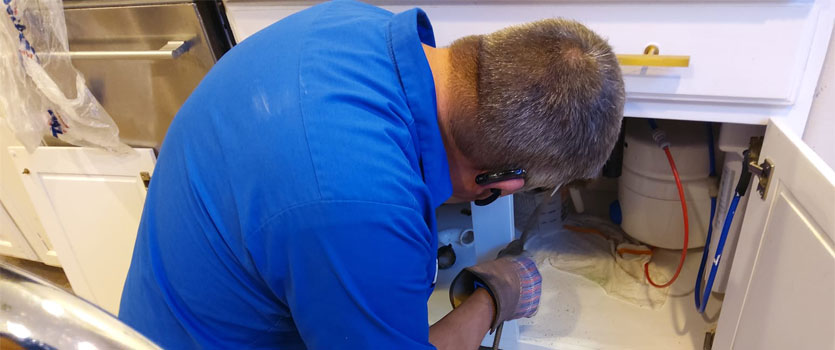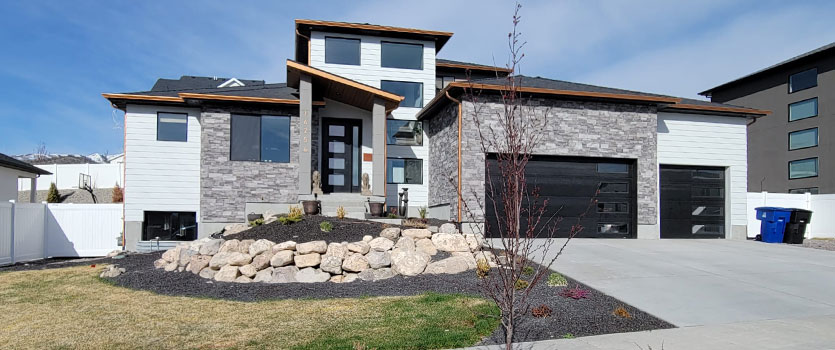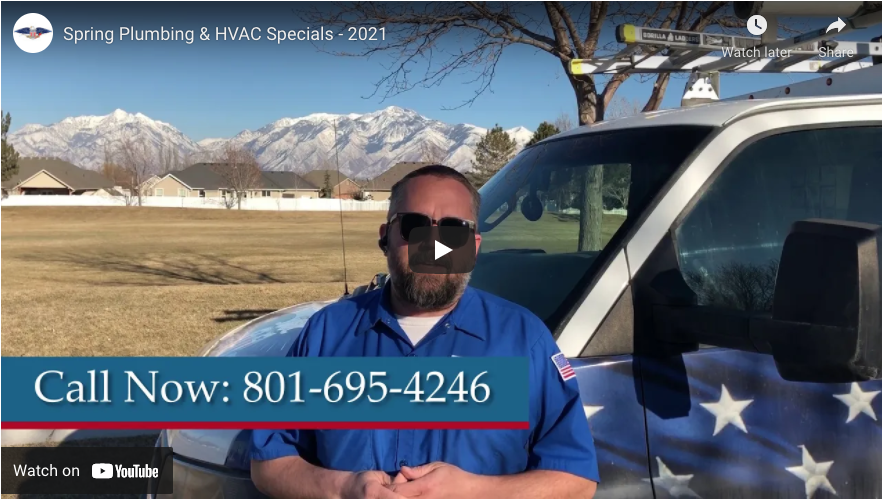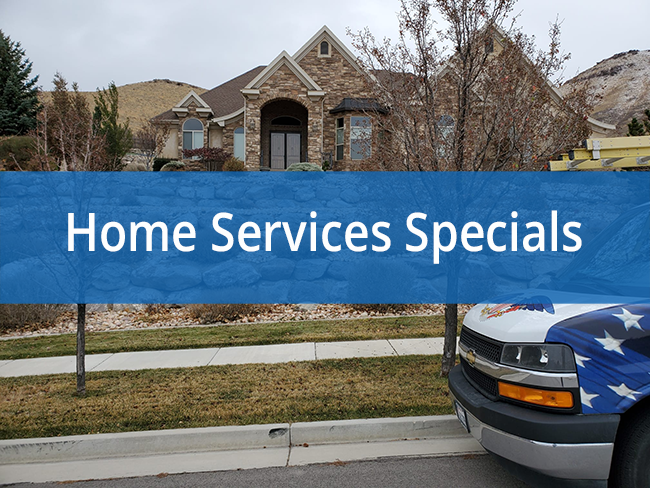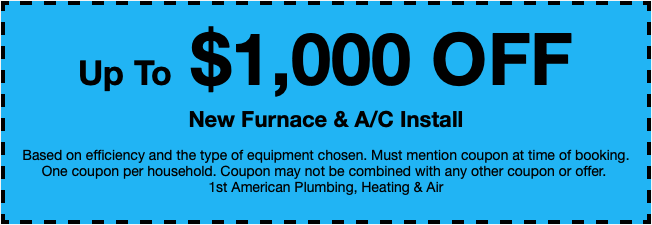If you’ve ever experienced having a clogged drain in your Utah home, you know that they are inconvenient and can oftentimes be an expensive fix if they aren’t handled immediately. Unless you built your house and your plumbing lines are brand new, you have no way of knowing how well drains have been maintained or what previous homeowners have poured down the drains in your home.
Below we’ve identified 7 easy tips for preventing clogs and maintaining clear drains in your home so you can avoid blockages and keep from having to use harsh chemicals to ensure your drains are clear and running correctly.
1. Clean Drains Thoroughly
While it seems obvious that cleaning your drains should be the first step in keeping your drains clear and maintaining them, most homeowners don’t put drain cleaning on their regular home maintenance list. Ensuring your drains are clear and clean is just as important as mopping your floors or cleaning your toilets.
- Once a week, lift sink stoppers in bathrooms and remove any debris that may have gathered on the stopper. Remove your bathtub and shower drain covers and clear any hair or debris, using a bent wire or small wire brush you can purchase at the store.
- Once a month, clean your disposal by sprinkling a half-cup of baking soda into the drain and pouring 1 cup of vinegar into the opening. This will clean the blades. Pour some ice and table salt into the disposal and run for a moment to remove any grease or slime that have gathered on the sides of the disposal.
2. Install Drain Covers
Placing mesh screens over your drains helps catch all food, hair, and other debris from washing down the drains in your home. This includes covering bathtub and shower drains throughout the home. Small items such as hair elastics, protective razor covers, and jewelry can easily slip down open drain unnoticed, and they can quickly block drains. These inexpensive drain covers are your first line of defense against drain clogs and can give you peace of mind that unnecessary debris isn’t slipping down your drains.
3. Avoid Using Your Garbage Disposal
Home owners who have garbage disposals often flush many types of foods and liquids into the disposal thinking it can handle most of these items. That’s simply not true. While disposals can grind up large amounts of food waste, once those particles and grease make their way down your pipes, they can adhere to the sides of the lines, and over time, drainage will slow and clogs will occur.
- Ideally, all food waste should be thrown out into your trash can. This includes high-issue items like coffee grounds, meats, egg shells, starchy foods like pasta and potatoes. After each meal, scrape left over food into the garbage can and avoid using your disposal all together. When it comes to using your disposal, when in doubt, throw it out!
4. Dispose of Grease Correctly
Grease is an inevitable side-product of cooking in our homes. Hamburger, bacon, and even cooking oils we use daily can wreak havoc in your pipes if they are allowed to be flushed down your drains. Most people know how important it is to avoid pouring grease down their drains, but it’s still commonly done. In fact, the number one cause of kitchen drain clogs is food grease build up. Properly dispose of grease by:
- Pouring grease into an aluminum container, such as a coffee can, and throw away the container once the grease has completely cooled. If you don’t have an aluminum container, take multiple sheets of aluminum foil and layer them, overlapping each other and the sides of the bowl. Pour the grease onto the aluminum foil and allow it to harden. Gather the aluminum foil ends and seal at the top and throw out the foil.
- As a last step of protection, wipe all of your greasy pans down with a wet paper towel before placing them into the sink. This small chore will keep small particles of meat and grease from slipping down the drain and causing additional build up in your pipes.
5. Rinse Pipes with Hot Water
Harsh chemical cleaners aren’t necessary to keep your pipes clog-free. When you’re done cleaning up after meal time, rinse your pipes with hot water to help any grease that may have slipped by liquify. Every few weeks, boil one or two gallons of hot water and dump it down your sink to flush out your pipes. This simple step alone can help your drains continue to run smoothly.
6. Flush Sewage and Toilet Paper Only
An overflowing toilet due to a clog can be a frustrating situation for homeowners. Feminine products, flushable wipes, and using too much toilet paper are just a few reasons your sewage drains can back up and wreak havoc in your home. A strip of toilet paper should typically dissolve in the plumbing system within 24 hours. Flushable wipes can take weeks to dissolve and can also cling together in your sewer system, causing large blockages. Avoid these issues and don’t flush anything other than sewage and toilet paper.
7. Keep Plumbing Tools Handy
No matter how careful you try to be in your home, you’re bound to experience clogs as a homeowner. Mishaps happen and toilets clog or things fall down the drain. Keeping a drain snake and a high-quality plunger in your home can help take care of the small issues that arise. Addressing these problems when they happen can help you avoid them becoming big, expensive problems in the future.
By following the tips above, you can prevent clogs and maintain your drains in your home with ease. If you’re experiencing trouble with your drains and you need reliable, experienced help in your home, contact the experts at 1st American Plumbing, Heating & Air at (801) 477-5818. We’re here to help answer any questions and provide valuable services for you and your home.

